The Internet of Things represents a unique opportunity for UX designers. While you may be used to designing websites or software for smartphones, tablets, and laptops, the Internet of Things takes that up a notch by requiring your designs to interface with other internet-connected devices.
From smartwatches to doorbell cameras and from inventory monitoring systems to parking trackers, the Internet of Things collects data through the cloud, shares it with software, and then integrates it within the user’s app or website.
This guide will provide examples of the challenges UX designers must overcome when designing for the IoT and how they create new experiences for it. We’ll look at:
Let’s go!
What is the Internet of Things (IoT)?
The Internet of Things is a network of devices that is able to connect with one another over the Internet. These devices have a user interface that users can interact with, but they also spend a lot of time processing data in the background to perform their tasks.
These systems allow us to have greater ease and comfort in our daily lives, with things like smart home systems, but they also present a great opportunity for businesses.
For example, telemedicine can interface with secure apps, allowing a patient to interact with their doctor or mental health professional over a smartphone. Or a manufacturing business can monitor its plethora of machinery, detecting weaknesses in the system before a machine fails and saving the company thousands of dollars. No matter what you do, you’re likely to have some interaction with the IoT.
UX design for IoT—how is it different?
An IoT device is different from a standard piece of software because the devices support both human-device interactions and device-device interactions, making them much more complicated.
While the basics of UX design remain the same, beginning with UX research, continuing with design, and ending with user testing, there are some differences. Here are some UX principles that you should keep in mind when designing for IoT.
UX research
UX research is important no matter what you do in UX, and designing for the IoT is no exception.
With UX research for a project involving an IoT device, you should consider the value the device has for the user. What service is the device delivering and how can it deliver the experience so it feels seamless and useful? Conduct both qualitative and quantitative research to determine the best approach to the project.
Holistic view
IoT devices don’t exist in a vacuum. There are multiple devices involved if, say, your refrigerator wants to inform the grocery store that you need milk. So to design the best IoT device, take a holistic view of the whole system from, for example, the refrigerator to the network that transmits the message and to the system at the grocery store that picks up the message and tells an employee to get milk. These all need to work together seamlessly to create the best experience for the user.
Safety and security
IoT devices are vulnerable to safety and security breaches. They aren’t purely digital and therefore may suffer from a breach from a real world asset as well as a digital attack. You must do the best you can to try to prevent someone or something from attacking the safety and security of the IoT.
Designing for the Internet of Things: Four challenges and how to overcome them
There are several unique challenges to designing for the IoT. These include:
- Connectivity issues
- Security
- Emerging standards
- Design for all
Let’s explore these in detail.
Connectivity issues
Connectivity issues are bound to be a bigger deal with the IoT than with our computers and smartphones. While we can tolerate glitches with our websites and mobile apps, it’s another story with our garage doors, refrigerators, and room lighting. So how can designers reduce the likelihood of such glitches?
One solution is to rely on batteries for our IoT devices. Batteries vary across the IoT but, one way or another, long battery life is needed. This can mean using larger batteries with greater capacity or providing an experience that drains minimal power, depending on the device.
Security
Systems should be designed to be secure and reliable no matter how large and varied. Cryptographic algorithms can help get this done, with computers able to decode algorithms but humans unable to read them. Alternatively, the device you’re designing could only work in a closed system, allowing for proprietary software to take control of security.
Emerging standards
While the IoT is depicted as a connected system where devices work together seamlessly, the truth is more complicated. In reality, there are several companies racing to be at the head of the class, and they may develop conflicting standards.
Some may work exclusively with specific products and therefore have no idea how others operate, while others are compatible with a wider array of products but are vulnerable to interference. The Open Connectivity Foundation (OCF) has developed an open standard to overcome these issues.
Design for all
The IoT can be designed for a limited audience. For example, medical devices will only be used by those in a medical facility. But things like smart home devices, from thermostats to doorbells and smart lighting, can be used by everyone.
This creates a situation where anyone from kids to grandparents, from the tech savvy to tech novices, can use these tools. To make these devices as user friendly to the most people possible, use simple, concise commands and easy to understand requests either through visuals or through voice, depending on the kind of device.
UX design for IoT examples and case studies
Now we know more about designing for IoT, let’s consider some real-world examples and case studies.
Cync by GE
The Cync app is used to control the appliances and features of a smart home. The app can accommodate any smart home products you have by GE, whether that’s only one product or a number of them. The app is used with lights, cameras, thermostats, ceiling fans, and more.
Fortunately, the app keeps things simple. With just a couple of clicks, you can adjust your devices. For example, to turn on a light, simply choose the device and drag the sensor to make it brighter or darker—or click on a different colour to change the colour. Ultimately, if you get most of your appliances from GE, you can use one app to control them all.
SmART Sketcher
SmART Sketcher is a smart projector that uses step-by-step instructions to teach children to write and draw. It fully integrates with an app which allows you to send pictures to the projector and turn them into a sketch. The app also includes simple instructions on how to set up your SmART Sketcher and an area where you can set your profile.
The app has been designed to make things more child-friendly (the app is geared towards children between the ages of 5 to 9+). To do this, the buttons are made bigger, more visually responsive, and only require the user to click once in order to select what they want to do.
So, to select a picture from the screen, simply click on it and step-by-step instructions come through on the smart projector. Ultimately, children using the app can draw anything that their parents’ smartphone can take a picture of through the interface between the app and the projector.
All images for the SmART Sketcher app are sourced from UX Planet while those for Cync by GE are from Transcenda.
What’s next for IoT and UX design?
The IoT is still in its infancy, but even now, UX designers’ work is critical. UX design will only become more important as IoT devices become more advanced. As things like smart light bulbs, fitness trackers, and door cameras become increasingly integrated in our daily lives, the experiences these devices give us will have to become even more intuitive.
When designing for the IoT, designers will have to think of every interaction and create consistency and ease of use throughout the experience. Designers will also need to pay more attention to the context; rather than considering their device in isolation, they must consider it as one device in a distributed network, thinking about the usability of all devices in the network.
One thing is clear: the IoT is only going to get bigger. That means that the call for UX designers who can design for the IoT will continue to be in demand.
If you’d like to learn more about new frontiers of UX, check out this post on UX design for virtual reality (VR) or discover how AI will impact UX design in this interview with Nick Babich.
You might also enjoy watching:


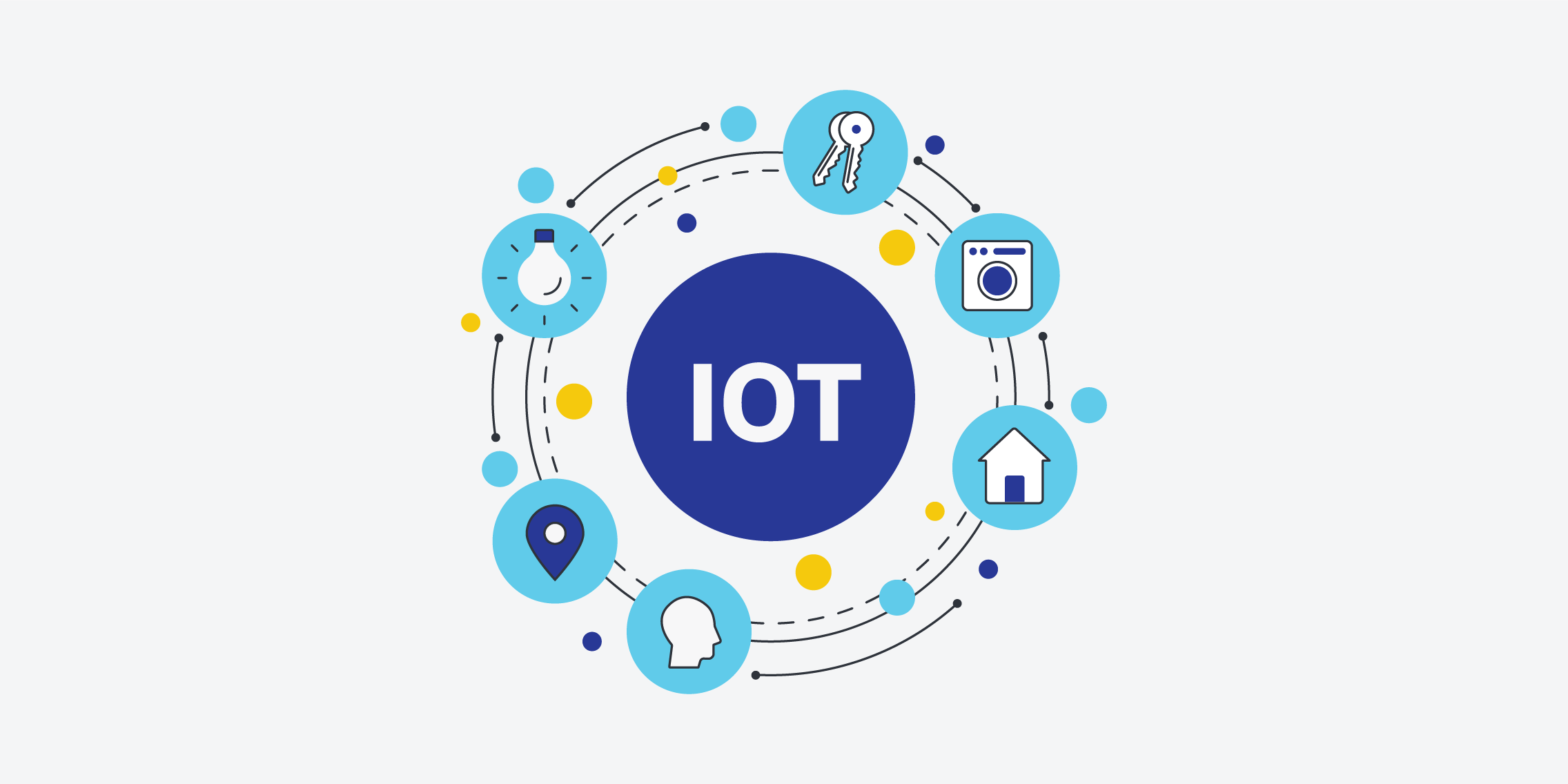
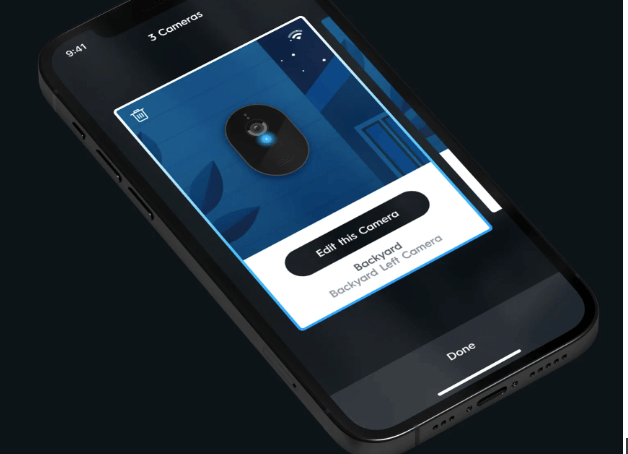
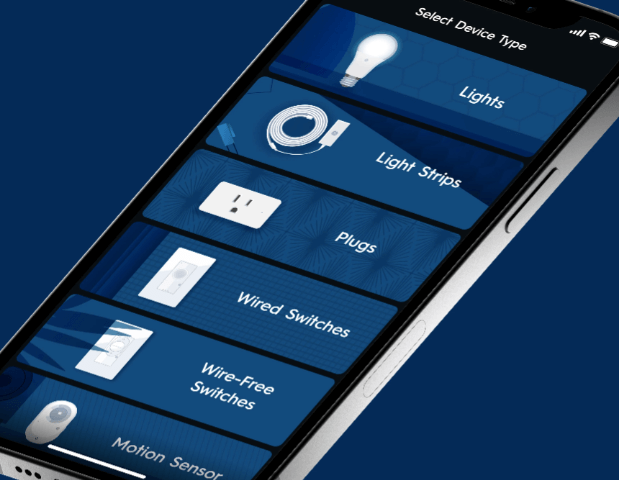



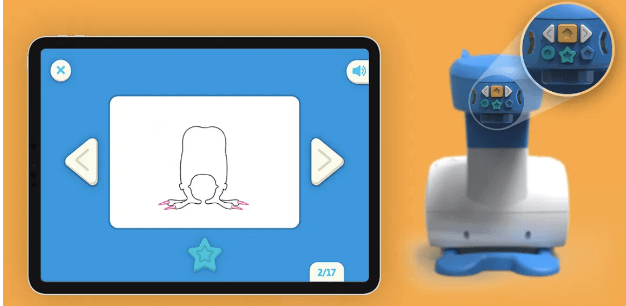
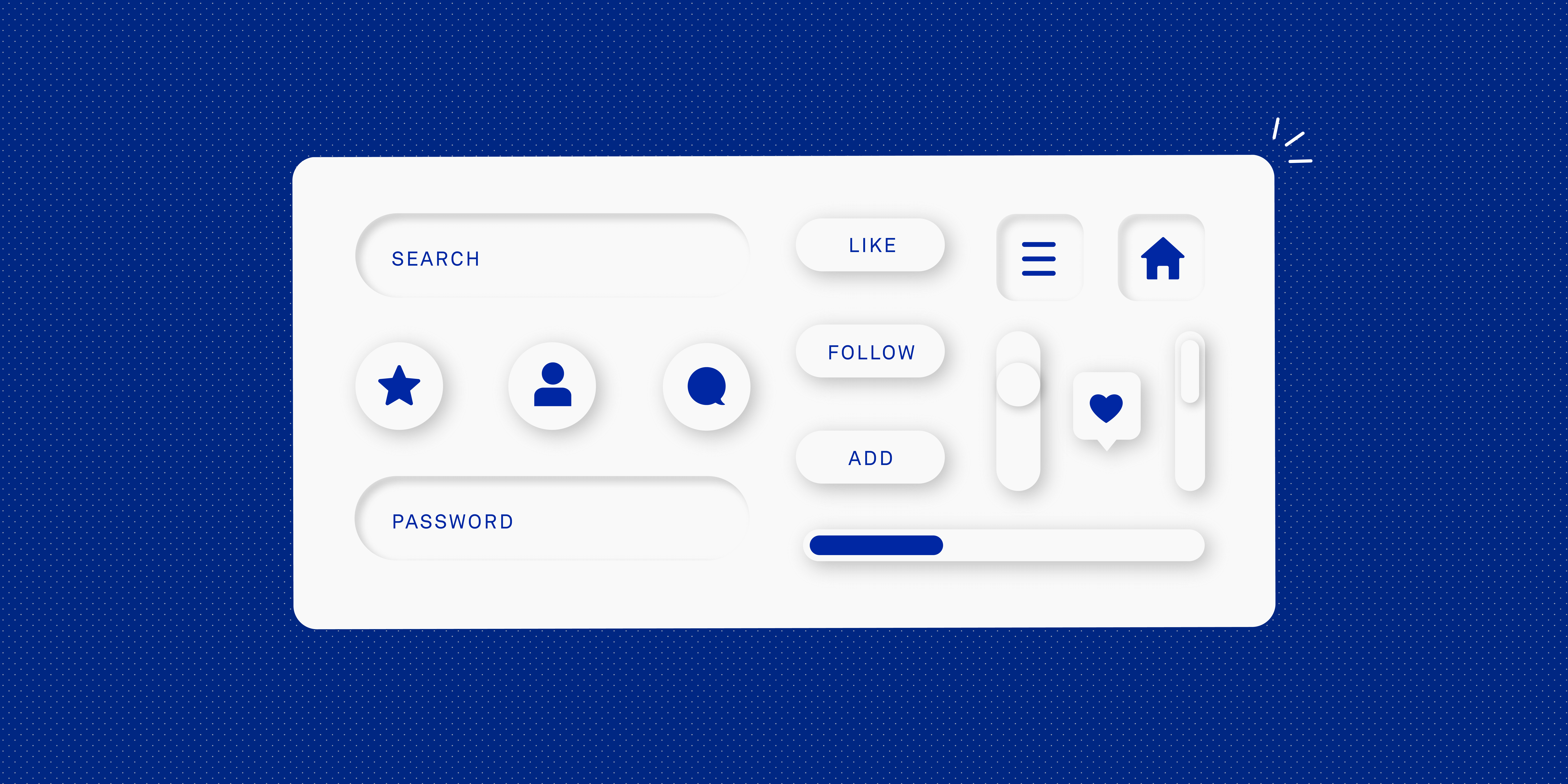
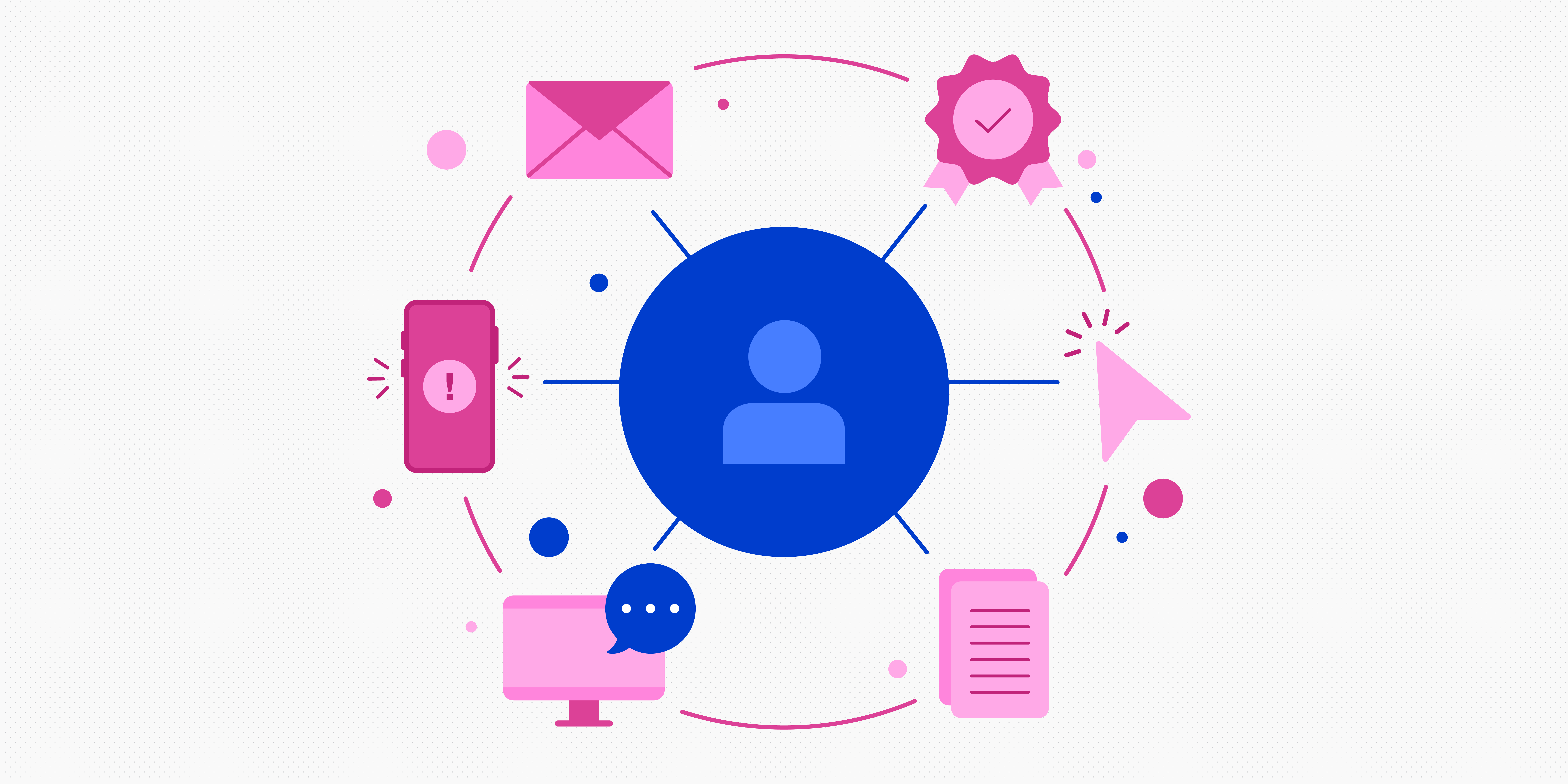
![What does a UX designer do? [2025 Update] 10 what does a ux designer do blog header image](https://www.uxdesigninstitute.com/blog/wp-content/uploads/2020/09/10_What-does-a-UX-designer-do_Image.png)